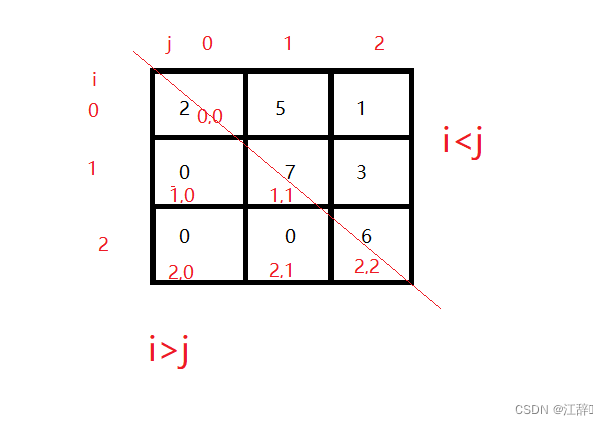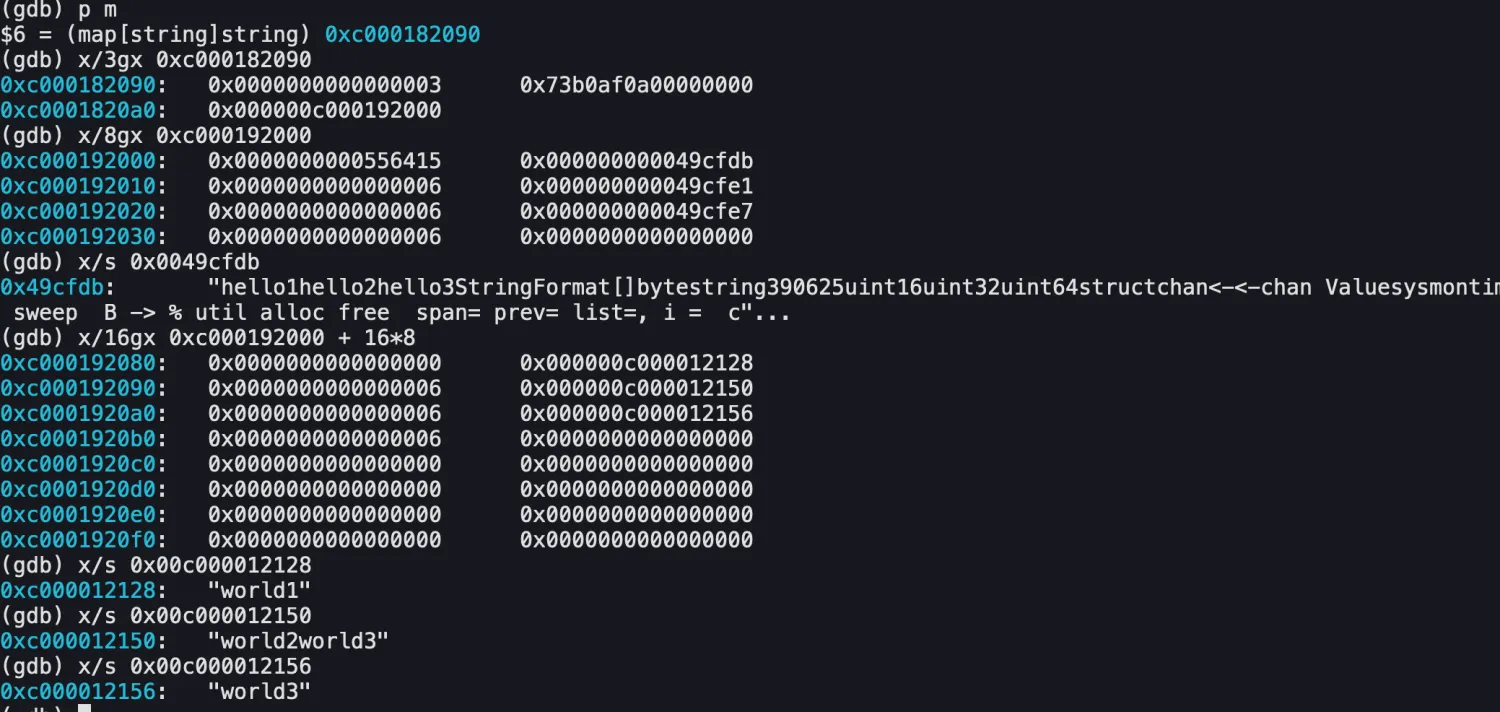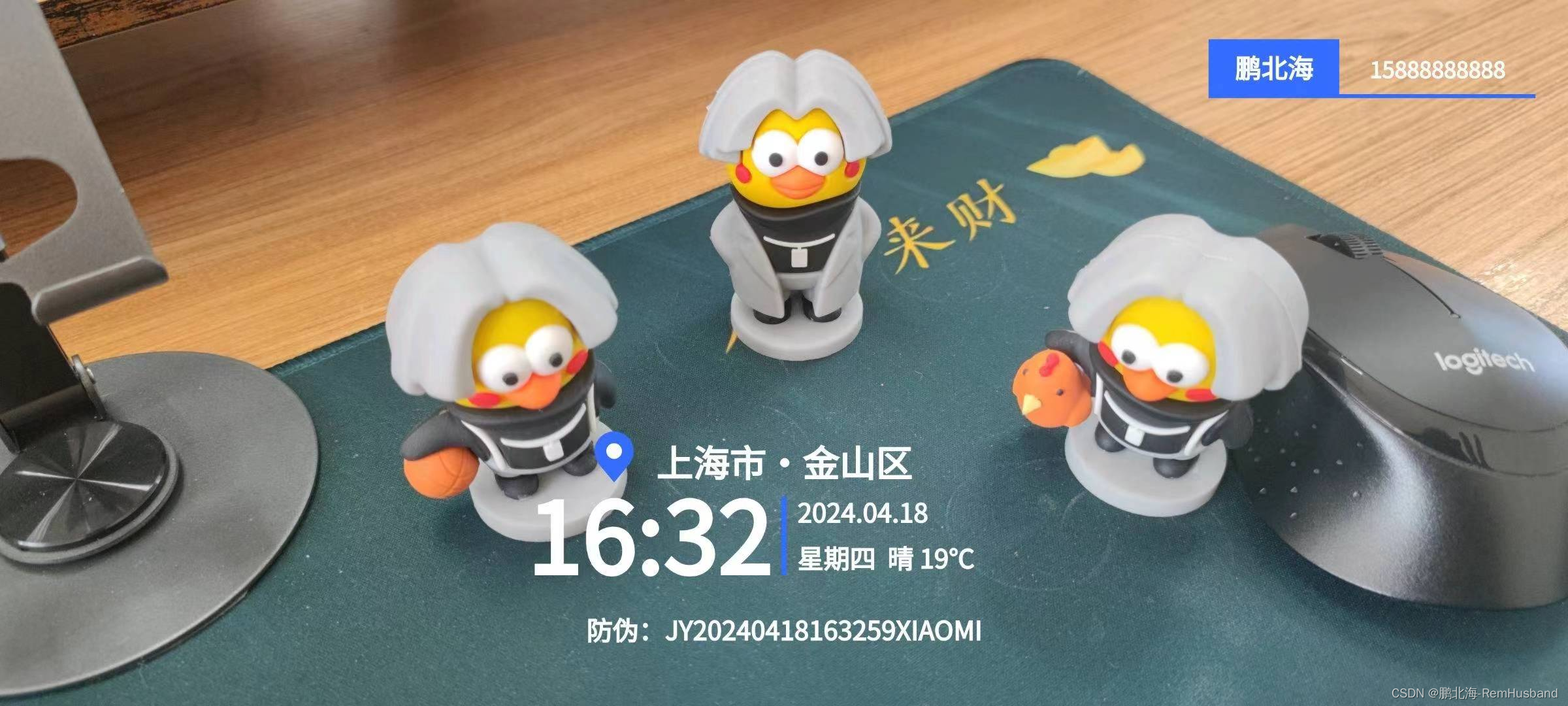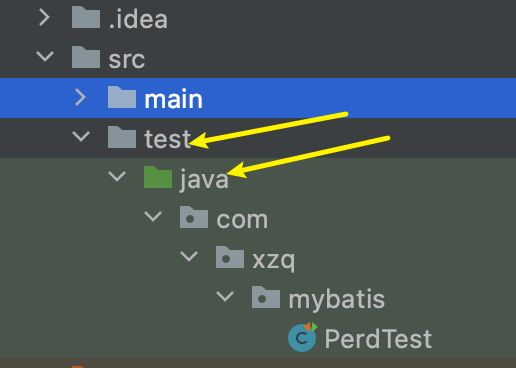版权声明
- 本文原创作者:谷哥的小弟
- 作者博客地址:http://blog.csdn.net/lfdfhl

Spring AI is a project that aims to streamline the development of AI applications by providing abstractions and reusable components that can be easily integrated into existing applications. The project is inspired by other Python projects like LangChain and LlamaIndex, but it is not a direct port of those projects. Instead, Spring AI aims to be a more general-purpose platform that can be used with a variety of programming languages.
Key Concepts
Models: Models are the core components of AI applications. They are responsible for learning from data and making predictions. Spring AI supports a variety of models, including chat models, text-to-image models, and embedding models.
Prompts: Prompts are instructions that tell a model what to do. For example, a prompt might tell a chat model to generate a conversation or a text-to-image model to generate an image from a text description.
Prompt Templates: Prompt templates are reusable patterns for prompts. They can be used to simplify the process of writing prompts and to ensure that prompts are consistent with the model’s expectations.
Embeddings: Embeddings are vectors of numbers that represent data. They can be used to represent text, images, or other types of data. Spring AI supports a variety of embedding techniques.
Tokens: Tokens are the basic units of text. They are typically words or phrases. Spring AI supports a variety of tokenization techniques.
Output Parsing: Output parsing is the process of converting a model’s output into a format that can be used by an application. Spring AI provides a variety of tools for output parsing.
Bringing Your Data to the AI Model: Spring AI provides a variety of ways to get data to an AI model. This includes support for loading data from files, databases, and APIs.
Retrieval Augmented Generation: Retrieval augmented generation is a technique for improving the quality of generated text by using a retrieval model to find relevant documents. Spring AI supports retrieval augmented generation for chat models and text-to-image models.
Benefits of Spring AI
Spring AI offers a number of benefits for developers, including:
Simplified AI application development: Spring AI provides abstractions and reusable components that make it easier to develop AI applications.
Increased developer productivity: Spring AI’s pre-built components and tools can help developers build AI applications faster.
Enhanced application flexibility: Spring AI supports a variety of models, data stores, and programming languages, which gives developers more flexibility in choosing the best solution for their needs.
Reduced development costs: Spring AI can help developers reduce development costs by simplifying the development process and providing reusable components.
Use Cases for Spring AI
Spring AI can be used for a variety of AI application development scenarios, including:
Integrating AI functionality into existing applications: Spring AI can be used to add AI functionality to existing applications, such as chatbots, recommender systems, and fraud detection systems.
Building prototypes and MVPs: Spring AI’s rapid development capabilities make it ideal for building prototypes and MVPs.
Deploying AI applications on multiple platforms: Spring AI supports deployment of AI applications on a variety of platforms, including web, mobile, and IoT devices.
Extending existing AI applications: Spring AI can be used to extend the capabilities of existing AI applications.
Conclusion
Spring AI is a powerful and easy-to-use platform that can help developers simplify AI application development and build intelligent applications. It provides a comprehensive set of features that support a wide range of AI application scenarios.




![【Hadoop】- YARN概述[6]](https://img-blog.csdnimg.cn/direct/4ec05907ce7945eb90f6ab813bb76072.png)






